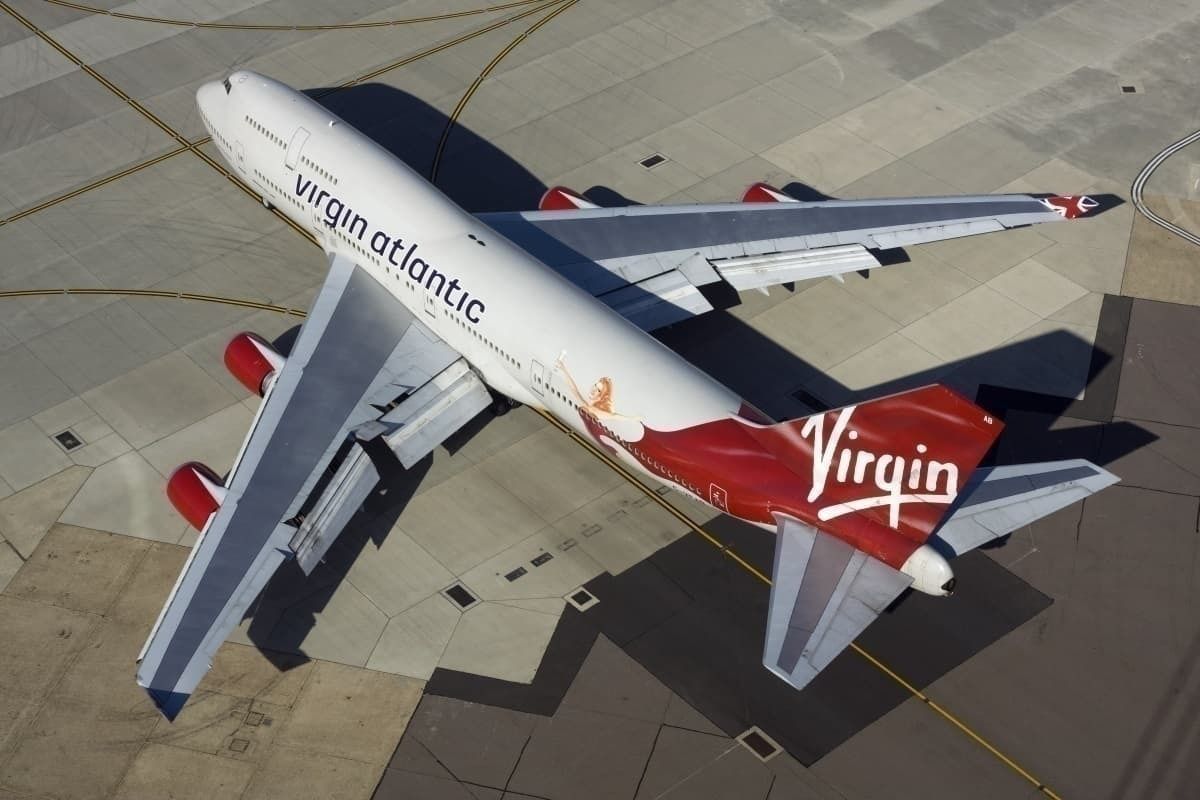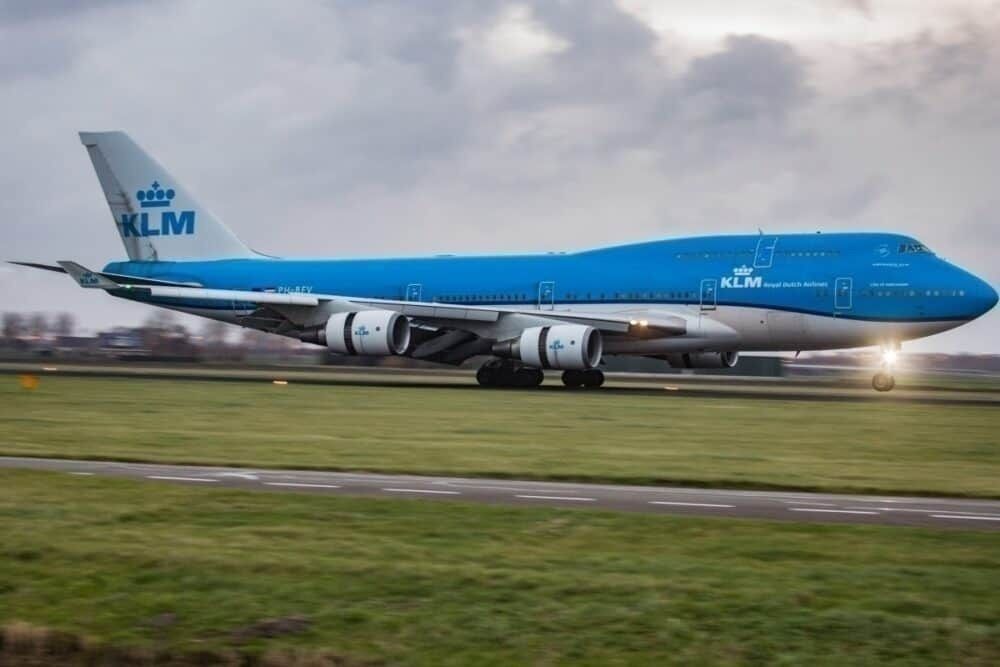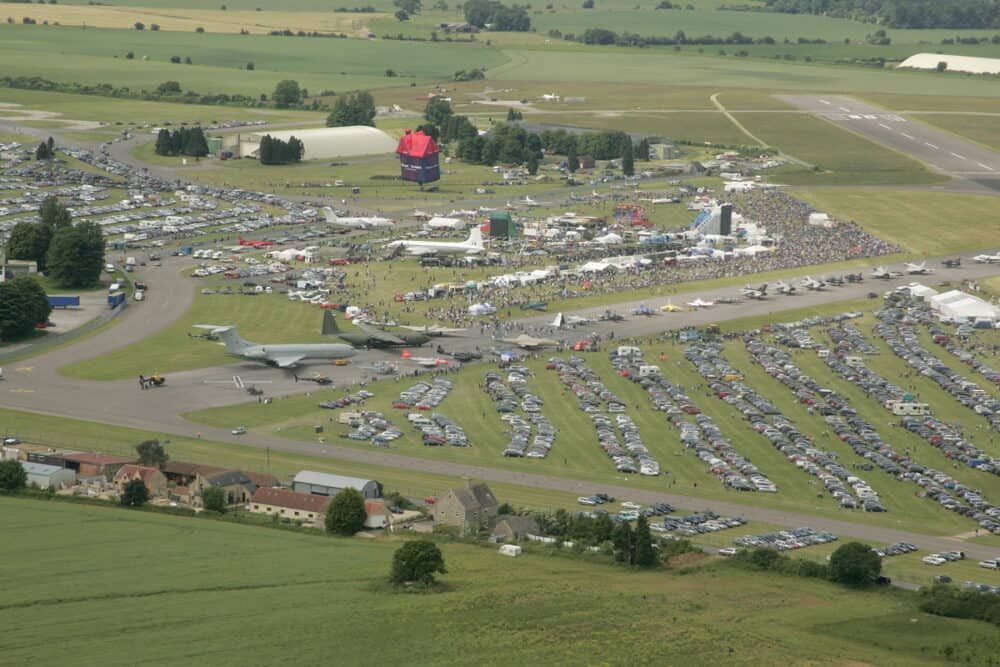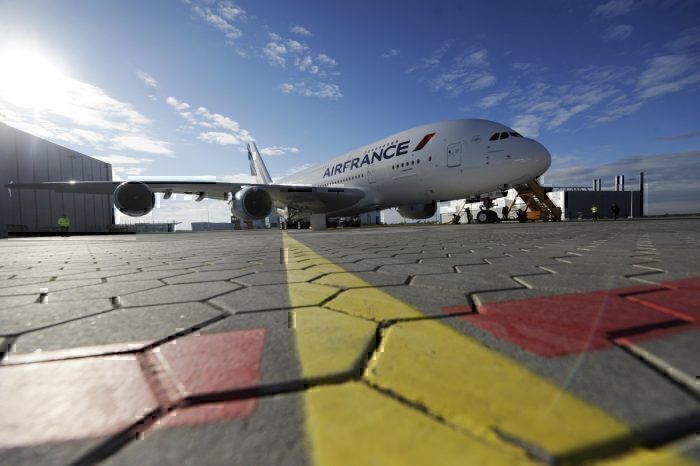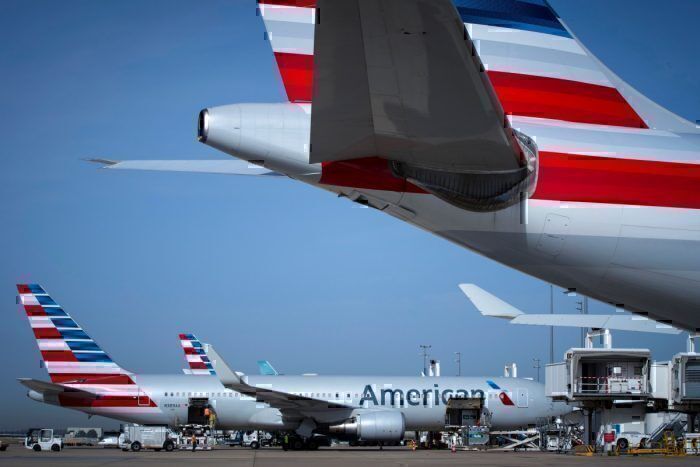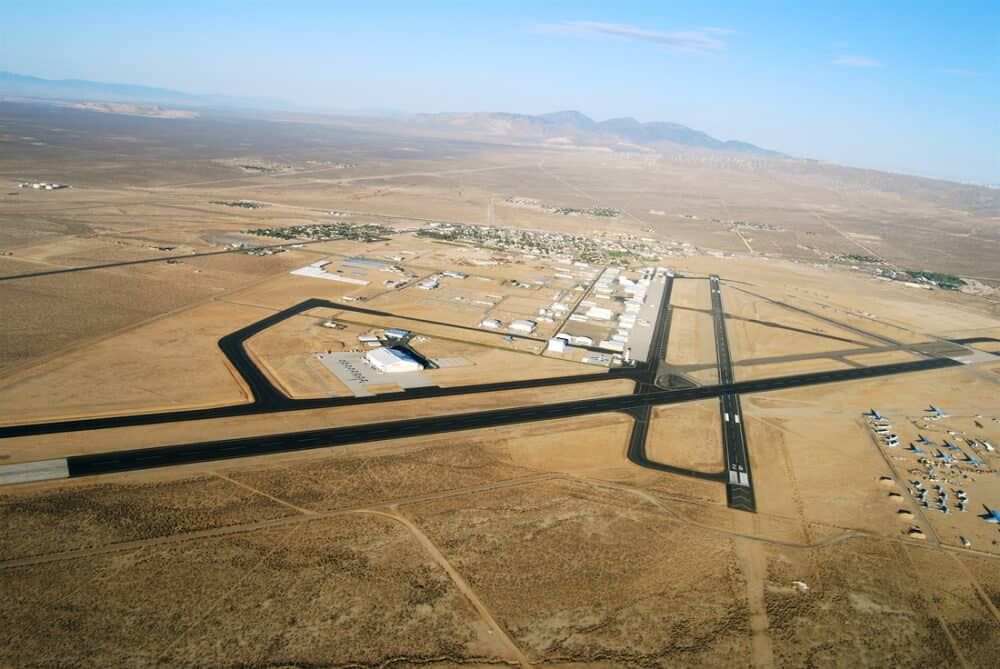2020 is seeing several carriers retire some familiar aircraft models at a rapid rate. While airlines continue to reshuffle their fleets, there are questions about what happens next to these retirees.
Early retirements
Even before the current climate, aged jets such as the Boeing 747 were being phased out by operators. The Queen of the Skies has been ruling for 50 years, but with modern and more efficient alternatives on the scene, its reign is coming to an end.
During the passenger downturn, many companies have taken the opportunity to give early retirements to their units. The likes of KLM, Virgin Atlantic, and Corsair have announced that there will be no more passenger services with their 747s. Meanwhile, British Airways is also considering the same.
Many of the jets are heading to airfields such as Cotswold Airport in the United Kingdom. Specialists such as Air Salvage International are then disassembling them.
According to OxfordSaudia, when a veteran arrives at a storage facility, it undergoes a rigorous wash to get rid of any salt to prevent any corrosion to a model's exterior. Workers then drain and lubricate its fuel tank. After that, they cover the tires in BoPET (biaxially-oriented polyethylene terephthalate) and white paint to prevent damage from the sun.
Recycling opportunities
The aviation industry is becoming increasingly conscious of its impact on the environment. Therefore, these scrapped planes often go through a recycling process after they are disassembled. The average airliner holds over 350,000 individual components. So, there are plenty of pieces that will have some sort of use for the future.
Companies can earn a lot of money with these parts. One of the most valuable assets is the engine. However, there all sorts of pieces that businesses are selling for considerable return. Ultimately, it is often more effective for carriers to replace broken parts with recycled equipment. The materials that have no use for recycling undergo smelting. Scrap metal companies are buying these leftovers.
The Aircraft Fleet Recycling Association estimates that 12,000 aircraft will undergo retirement in the next two decades. Landfill regulations are mounting, and asset owners are looking for revenue-building yet environmentally-friendly methods of disposal. Therefore, there are plenty of opportunities for these recycling schemes.
A lot to consider
The International Air Transport Association (IATA) recognizes the intricacy of aircraft decommissioning. The global group also highlights the advantages of reusing parts following their retirements.
"Aircraft decommissioning has economic, operational, regulatory, safety and environment implications. On the other hand, around 90% of aircraft parts can be reused or recycled, and components reusable as spare parts represent significant value," the group states on its website.
"This means that if undertaken in a timely and appropriate manner, aircraft decommissioning can allow recovery of a good residual value from re-used parts and recycled material, whilst minimizing environmental and safety risks."
Altogether, the average plane can fly for approximately 27 years. Despite this, most of them are actually dismantled by the time they hit their 18th birthday. The life of a plane is usually measured by pressurization cycles. It goes through this procedure every time it hits the skies, and this inflicts stress on fuselage and wings.
If airlines conclude that it is no longer efficient to run an aircraft, then it goes through the retirement process. It can cost businesses between $75,000 to $150,000 to dismantle a plane like the 747. The process requires a lot of work and can take up to three months to complete.
It may not be the end of the road
Not all retired passenger aircraft go to the scrapyard. Several planes are reincarnated as cargo units. For instance, American Airlines recently announced the retirement of all of its Boeing 767s. However, many of these now have a new career in conducting cargo services.
The world is relying on the delivery of goods more than ever. Moreover, passenger services are mostly still under suspension. Therefore, there currently is an extra focus on shipping operations.
The process of converting passenger planes into full freighters can take a long time. To fit products in these units, they need a large door on the left side of their fuselage. Firms such as Israel Aircraft Industries offer transformation services to give these planes a second life.
There are also thousands of retired passenger aircraft soaking up the sun in fields such as Mojave Air and Space Port in California. They remain at these storage facilities until new buyers come along to snap them up.
Stay informed: Sign up for our daily aviation news digest.
Keeping the legacy going
Additionally, several historical models that are retired are preserved and exhibited at airfields and museums. The Smithsonian National Air and Space Museum in Washington D.C. has the first-ever airplane, the Wright Flyer, which took flight in 1903. With approximately eight million people visiting the museum a year, exhibitions are a great way to celebrate the life of an aircraft.
Altogether, it is sad that many iconic planes are being swiftly retired in the current climate. Nonetheless, several of these units still live on in some way and help the aviation market to provide services across the globe.
What are your thoughts on what happens to a passenger aircraft after it is retired? How do you feel about some legendary models being phased out at a rapid rate? Let us know what you think of the situation in the comment section.

